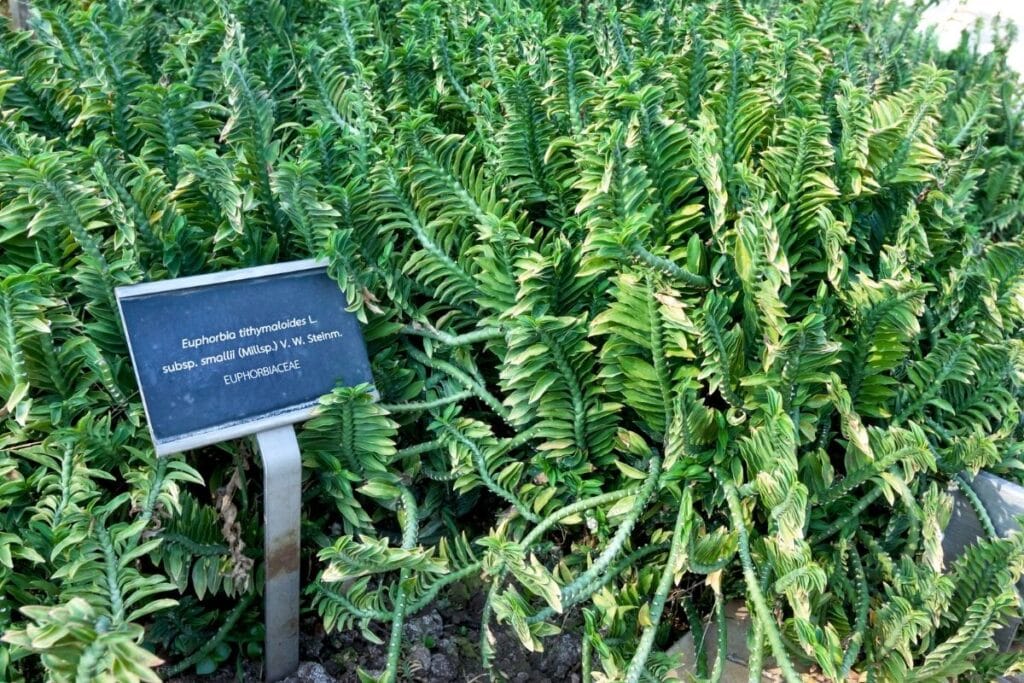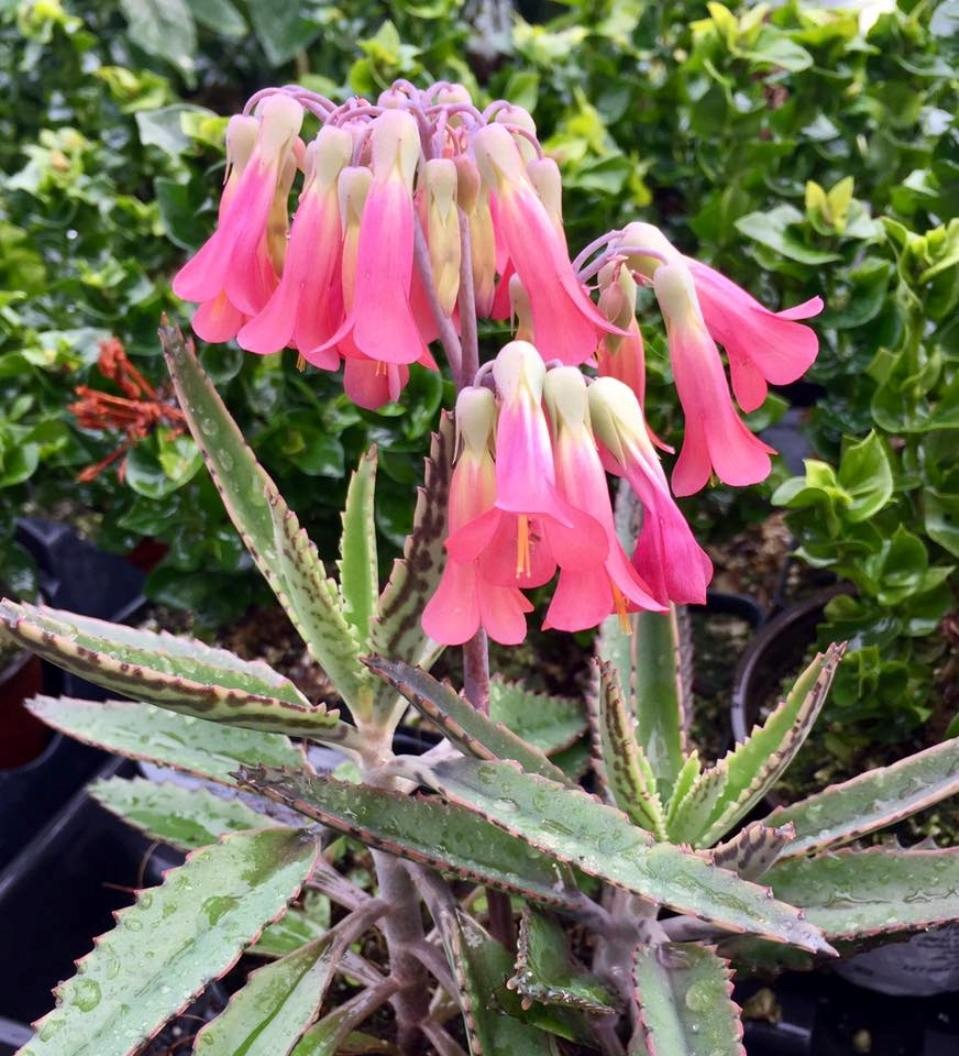
This plant received the nickname “Devil’s Backbone” and many others thanks to its alternating leaf pattern which can resemble a spine. Today, however, the plant is endangered in many parts of Central America. The Devil’s Backbone plant is a tropical succulent native to the tropical and subtropical regions of North and Central America, including Mexico. This plant is drought-resistant, can withstand an array of temperatures and humidities, and is extremely attractive to the eye to boot! Treat them with insecticidal soap or neem oil.One of the most exciting and easy to care for houseplants to add to your home is the Devil’s Backbone. Pests and Diseasesĭevil’s backbone plants are generally pest-free but can also be prone to attacks by common houseplant pests such as mealybugs, thrips, scales, and spider mites. Excess water may cause root rot, resulting in stunted growth or death of the devil’s backbone plant. Leaf drop is another problem resulting from cold stress and high humidity. Leaf scorching may happen due to too much exposure to intense light. Common Problems With Devil’s Backbone Growing Problems We also recommend pruning the stalks after the blooming period.Ĭaution: Always use gloves to avoid contact with its sap. Pruning also keeps the plant in shape and achieves dense growth. PruningĬonduct occasional pruning to remove excess growth and damaged or diseased stems and leaves. Once they start coming out of the drainage holes, that’s a call to conduct repotting. It’ll take about three to five years before it will require a bigger space. Repottingĭevil’s backbone doesn’t require frequent repotting. Hence, you should avoid placing it in humid locations like the bathroom or the kitchen.

It can tolerate a dry environment because it’s a succulent shrub. HumidityĪn average humidity level of around 40 to 60% makes a favorable condition for growing Devil’s backbone. Prolonged exposure to extreme temperatures may cause the leaves to wilt and fall off. A warm temperature that’s between 50° to 80☏ (10° to 27☌) is much preferred. Devil’s backbone isn’t tolerable in cold conditions. Keep away from cold drafts as much as possible. The suitable soil pH would be somewhere between 6.1- 7.8. The usual succulent or cactus mix that’s commercially available will suffice. Use a well-draining mix that contains perlite or vermiculite. During fall, apply water in a moderate amount. Water regularly during summer and spring. Just make sure that excess water drains out to avoid having soggy soil. Waterĭevil’s backbone can tolerate drought for a certain period, but you must water once the soil starts to dry. Avoid low light conditions as it could result in leggy stems and etiolated leaves. However, you may have to put a little shade during intense heat. It can tolerate either direct or indirect sunlight.

Devil’s Backbone Plant Care LightĪ bright spot makes an ideal location for putting up a devil’s backbone pot. You may place it outdoors, but you’ll have to bring it in at night. Since it loves a warm environment, it won’t grow so well outdoors, especially if your location experiences regular frost. All you need is to find a bright spot where it could settle peacefully. Having a succulent nature, it can survive dry conditions without being overly stressed. Rich, well-drained, slightly acidic, Soil pH: 6.1- 7.8ĭevil’s backbone will do well indoors. Jacob’s ladder, Japanese poinsettia, Persian lady slipper plant, Zig-zag Plant Pedilanthus tithymaloides (Euphorbia tithymaloides) You’ll see them at the tip of each stem, providing an added attraction. It has a color that’s close to reddish-orange. Such flowers are tiny, resembling the shape of a lady’s slipper. There are many fancy ways to address this succulent, but one thing is for sure, it’s an easy-to-grow species that’s fitted for an indoor setting.ĭevil’s backbone plant blooms during summer. Another interesting fact is that its botanical name, Pedilanthus tithymaloides, literally means foot-shaped flower.

They said it resembles the pattern of a backbone. Look at the stems, and you’ll see a zig-zag pattern. You’re probably wondering why this plant is called the devil’s backbone.


 0 kommentar(er)
0 kommentar(er)
